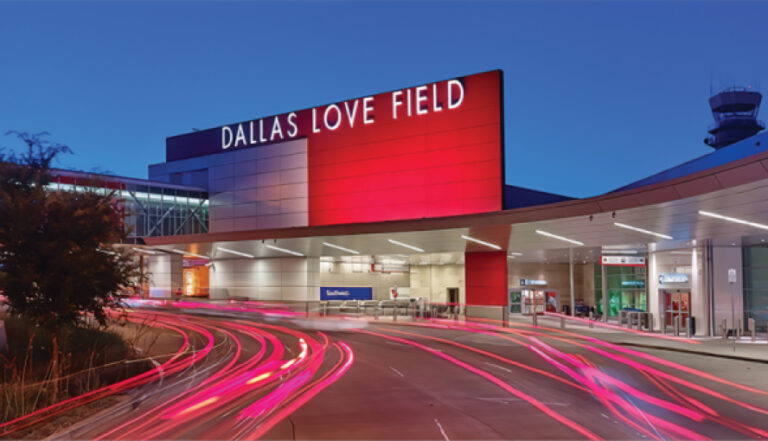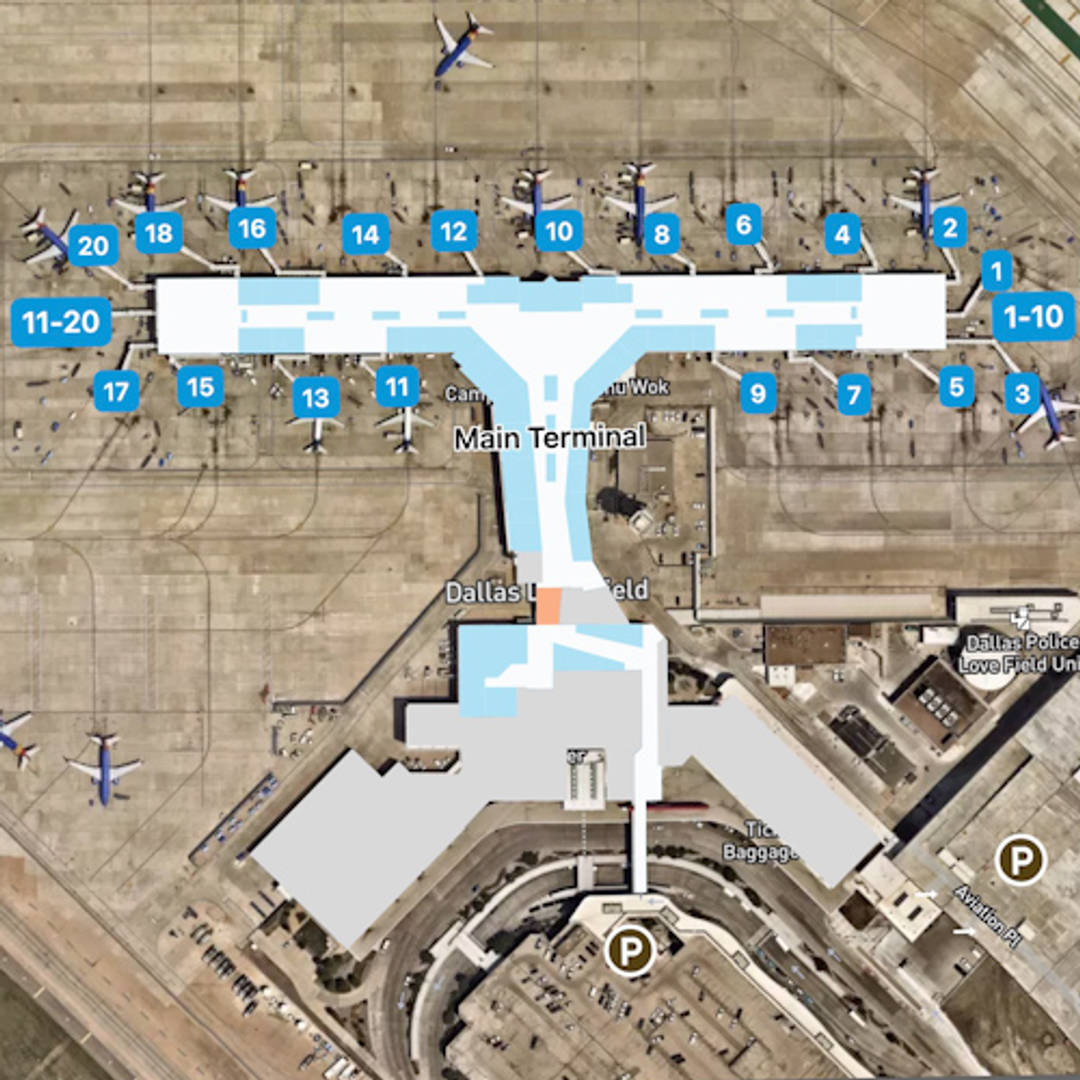“Okay, here is an article about Dallas Love Field Airport (DAL) in English, aiming for approximately 2000 words.
Artikel Terkait Okay, here is an article about Dallas Love Field Airport (DAL) in English, aiming for approximately 2000 words.
- Copenhagen Airport
- Okay, Here Is An Article About The CLT Airport Map, Written In English And Aiming For A Length Of Approximately 2000 Words.
- Columbus Ohio Airport
- Okay, Here Is A 2000-word Article In English About The Food Options At Hartsfield-Jackson Atlanta International Airport (ATL).
- Okay, Here Is A Comprehensive Article About Airport Car Rentals, Aiming For Approximately 2000 Words.
Table of Content
- 1 Artikel Terkait Okay, here is an article about Dallas Love Field Airport (DAL) in English, aiming for approximately 2000 words.
- 2 Video tentang Okay, here is an article about Dallas Love Field Airport (DAL) in English, aiming for approximately 2000 words.
- 3 Dallas Love Field: A Storied Past, A Vibrant Present, and a Unique Place in Aviation History
Video tentang Okay, here is an article about Dallas Love Field Airport (DAL) in English, aiming for approximately 2000 words.
Okay, here is an article about Dallas Love Field Airport (DAL) in English, aiming for approximately 2000 words.

Dallas Love Field: A Storied Past, A Vibrant Present, and a Unique Place in Aviation History
Dallas Love Field (DAL) is more than just an airport; it’s a living piece of aviation history, a testament to resilience, and the birthplace and enduring home of one of the world’s most successful airlines, Southwest Airlines. Nestled just seven miles northwest of downtown Dallas, Texas, Love Field offers a stark contrast to the sprawling international hub of Dallas/Fort Worth International Airport (DFW). While DFW handles the vast majority of international and long-haul domestic traffic for the Dallas-Fort Worth Metroplex, Love Field thrives as a busy, primarily domestic gateway, known for its convenience, efficiency, and its deep, intertwined relationship with Southwest Airlines.
Its story is one of early aviation pioneering, wartime service, a period as a major metropolitan hub, a dramatic decline following the opening of DFW, and a remarkable resurgence fueled by deregulation and the eventual repeal of restrictive legislation. Understanding Dallas Love Field requires delving into its unique history, particularly the nearly four-decade period dominated by the infamous Wright Amendment, which shaped its destiny and the operational model of its primary tenant.
From Military Airfield to Metropolitan Hub: The Early Years
The history of Dallas Love Field dates back to World War I. In 1917, the U.S. Army Signal Corps needed sites for training pilots. Dallas was chosen, and a large tract of land was acquired northwest of the city. The airfield was officially established on October 19, 1917, and named Camp Love in honor of First Lieutenant Moss L. Love, who had died in a plane crash in San Diego just two months prior. The "Camp" was later dropped, and it became known simply as Love Field.
During WWI, Love Field served as a primary flight training base. After the war, the Army scaled back operations, and the field transitioned into a civilian airport. The City of Dallas purchased the land in 1927, recognizing the growing importance of air travel. Throughout the 1930s and 1940s, Love Field grew steadily, becoming a key stop on early airmail routes and attracting commercial passenger service.
World War II saw Love Field return to military service as a training facility for the U.S. Army Air Forces. Following the war, commercial aviation boomed. The jet age arrived in the late 1950s and 1960s, and Love Field transformed into a major hub for several prominent airlines, including American Airlines, Braniff International Airways (which was headquartered in Dallas), Delta Air Lines, Continental Airlines, and Trans World Airlines (TWA). It was a bustling, modern airport for its time, handling increasing numbers of passengers and larger aircraft. By the late 1960s, Love Field was struggling with capacity issues, a common problem for urban airports built before the era of wide-body jets and massive passenger volumes.
The Dawn of DFW and the Mandate to Move
As air travel continued its rapid growth, the need for a larger, regional airport to serve both Dallas and Fort Worth became apparent. The two cities had historically been rivals, and cooperation on a joint airport project was difficult. However, with pressure from the federal government threatening to withhold funding for airport improvements in the region if they didn’t collaborate, Dallas and Fort Worth finally agreed to build a new, massive airport situated between the two cities. This led to the creation of Dallas/Fort Worth Regional Airport, which opened in January 1974 and was later renamed Dallas/Fort Worth International Airport (DFW).

The plan was for DFW to become the sole primary commercial airport for the region. Airlines operating at Love Field and Fort Worth’s Greater Southwest International Airport were expected, and in many cases mandated by federal legislation and agreements, to move their operations to the new, state-of-the-art facility. Most major carriers complied, transferring their hubs and routes to DFW. This move was seen as essential to the success of the multi-billion dollar investment in DFW.
However, one small, relatively new airline had a different idea: Southwest Airlines.
Southwest Airlines and the Birth of the Intrastate Model
Southwest Airlines began operations in June 1971, just a few years before DFW opened. Crucially, Southwest was founded as an intrastate airline, flying only within the state of Texas, connecting Dallas (Love Field), Houston (Hobby Airport), and San Antonio. This intrastate status was key, as it initially exempted Southwest from federal regulation by the Civil Aeronautics Board (CAB). This allowed Southwest to operate with a unique, low-cost model from the start, offering frequent flights and simple fares.
When the mandate came for airlines to move to DFW, Southwest fought back. They argued that their business model relied on operating from the more convenient, closer-to-downtown Love Field, which appealed to their target market of business travelers and price-sensitive passengers within Texas. Moving to the more distant DFW, with its higher operating costs, they contended, would cripple their low-fare strategy. A protracted legal battle ensued, which Southwest ultimately won, securing their right to continue operating commercial passenger flights from Love Field.

This victory was pivotal. While the major carriers consolidated at DFW, Love Field became almost exclusively the domain of Southwest Airlines. This set the stage for the next, most defining chapter in Love Field’s history: the era of the Wright Amendment.
The Wright Amendment: A Restrictive Era (1979-2014)
The success of Southwest Airlines operating from Love Field, offering lower fares than the carriers at DFW, caused concern among stakeholders who had invested heavily in the new regional airport. To protect DFW’s investment and encourage airlines and passengers to use the new facility, U.S. Representative Jim Wright of Fort Worth spearheaded legislation aimed at restricting flights from Love Field.
The International Air Transportation Competition Act of 1979, commonly known as the Wright Amendment, was passed by Congress. Its primary restriction was that airlines operating aircraft with more than 56 seats from Love Field could only fly non-stop to destinations within Texas and the four contiguous states: Arkansas, Louisiana, Oklahoma, and New Mexico. For passengers wanting to travel further, they would have to make a connection in one of those five states, or simply choose to fly from DFW.
The Wright Amendment had a profound impact on Love Field and Southwest Airlines:

- Stagnation at Love Field: While DFW boomed and became a major international hub, Love Field’s growth was severely limited. It became primarily a regional airport serving a limited geographic area. Passenger numbers remained relatively low compared to its pre-DFW peak.
- Southwest’s Constrained Growth: The amendment significantly hampered Southwest’s ability to expand its network from its home base. While Southwest grew into a national carrier by operating from other airports across the country, its operations from Love Field were geographically constrained for decades. This forced Southwest to develop a unique operating model where passengers often had to connect in the "Wright Amendment states" to reach destinations further afield, sometimes even involving "through flights" that stopped in one of these states without passengers changing planes, purely to comply with the law.
- Passenger Inconvenience: For travelers starting or ending their journey at Love Field, the Wright Amendment meant limited direct flight options. Traveling beyond the five-state region required inconvenient connections or the necessity of using DFW.
- Political Battles: The Wright Amendment became a perennial source of political debate and lobbying. Southwest Airlines and the City of Dallas consistently pushed for its repeal, arguing it was anti-competitive and harmful to consumers. Airlines and interests aligned with DFW fought to keep it, arguing it was necessary to protect the regional airport concept and the significant public investment in DFW.
Over the years, the Wright Amendment saw minor modifications. The Shelby Amendment in 2005, for example, allowed airlines to sell tickets for flights from Love Field to any destination in the U.S., provided the flight made a stop in one of the contiguous states (passengers still couldn’t fly non-stop beyond the five-state area on large aircraft). This was a partial victory for Southwest, allowing them to offer more destinations from Love Field, albeit with the required stop.
The Repeal and Resurgence (2014 and Beyond)
The push for full repeal of the Wright Amendment intensified in the early 2000s. Recognizing the changing landscape of the airline industry and the inherent limitations
